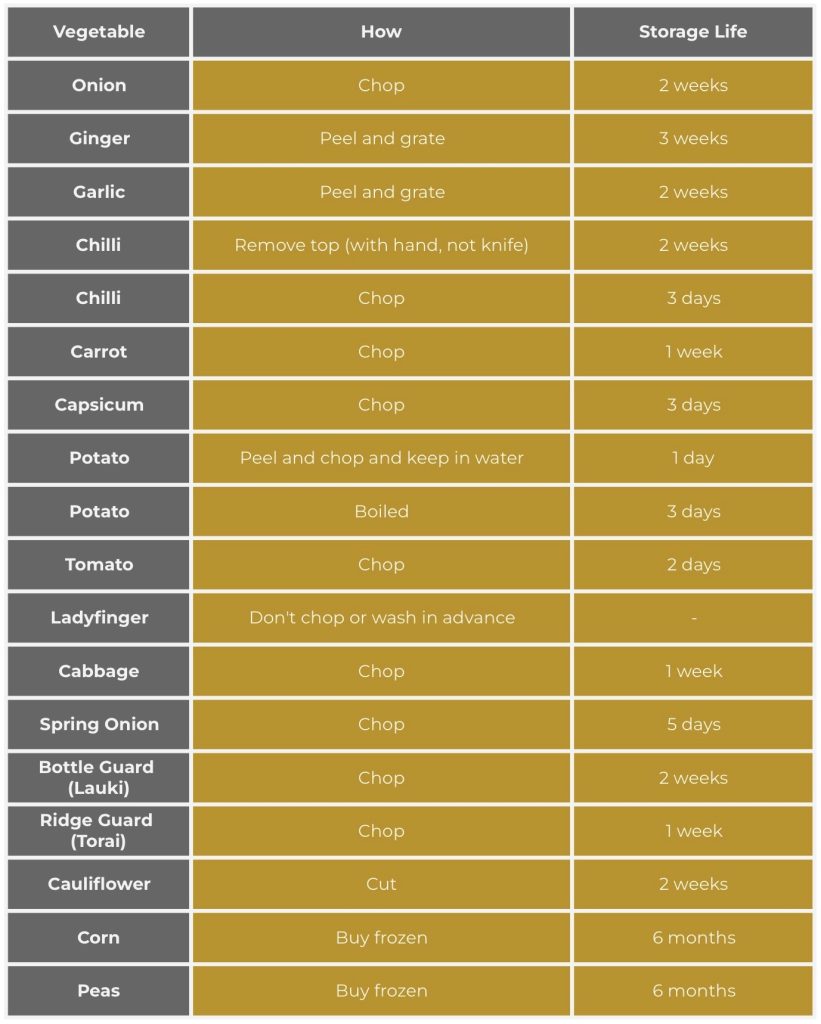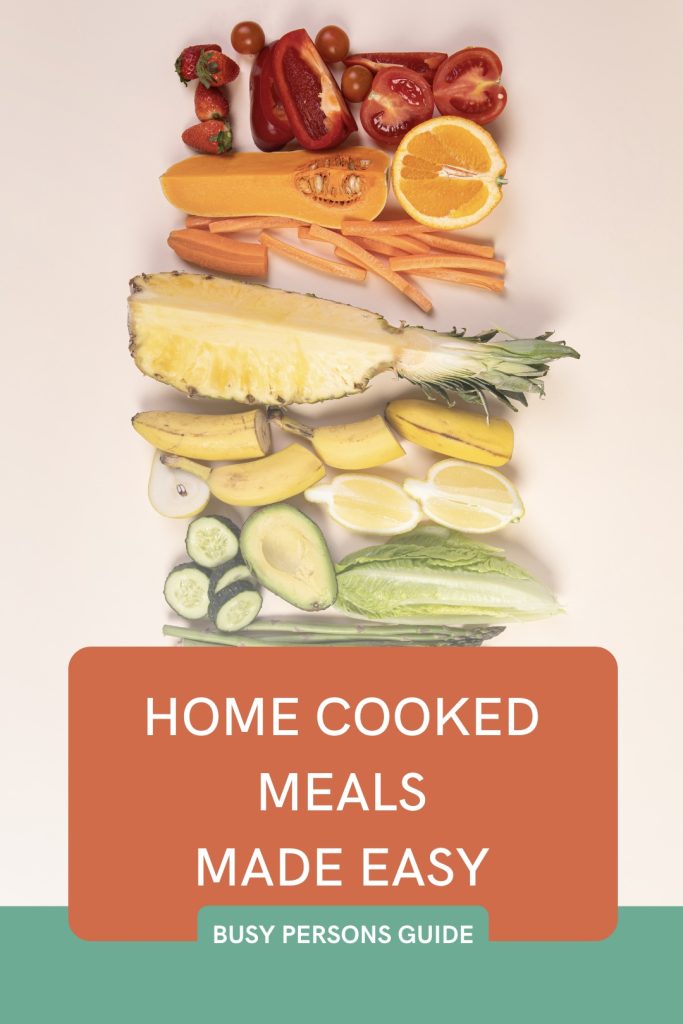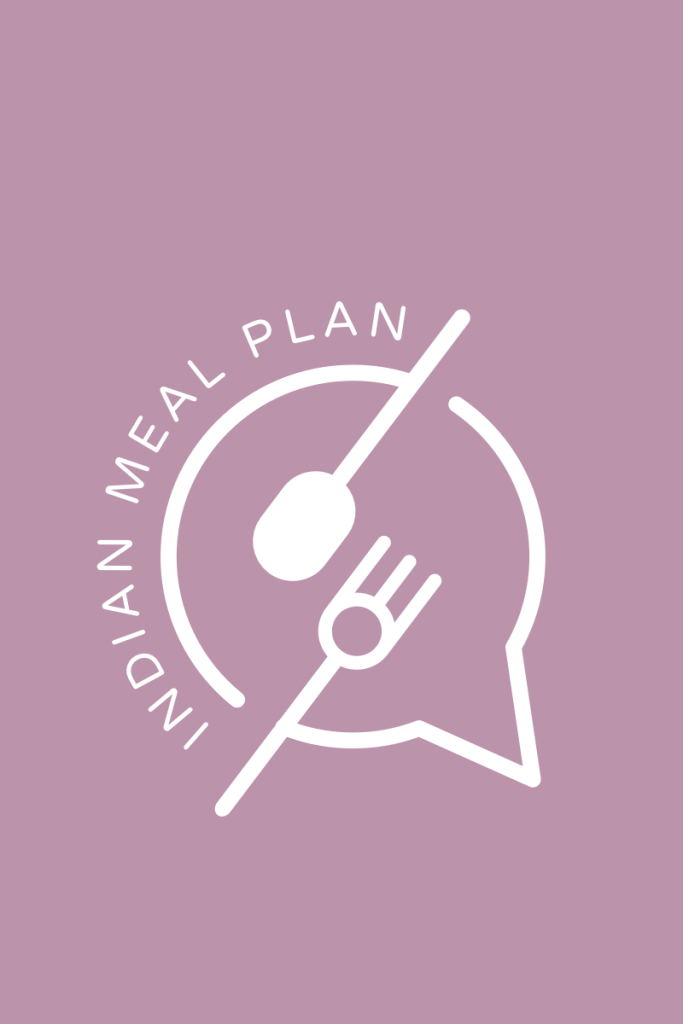I enjoy cooking. I like experimenting with new ingredients, trying different cuisines, or testing new recipes I see on reels. However, honestly, everyday cooking is more of a chore. So I decided to meal prep and streamline the process of cooking daily meals as much as possible while targeting to eat freshly cooked, healthy meals every day.
To understand my weekly meal prep process, let us first look at what we usually eat for lunch and dinner. For the main meals, we mainly either eat roti sabzi or dal chawal. Occasionally we incorporate South Indian, Chinese, and Italian food. There are a bunch of things that you can do to make your life easier for these meals. Apart from the main meals, we have breakfast and snacks, but that is a discussion for another day. For this article, we will focus on the main meals.
Table of Contents
Sabzi
Prepping for sabzis is important as it is an essential part of our meal. Indian sabzis are either dry like Aloo Gobhi, Bhindi, Shimla mirch Besan, etc., or with gravy like Paneer Makhani, Chole Masala, Aloo Matar, etc.
Dry Sabzi
It doesn’t take more than five minutes to chop vegetables for two people, but having those chopped vegetables in the fridge, ready to be cooked gives me a lot of mental peace. You can then use these chopped vegetables to make any dry sabzi in less than 10 minutes. Take a look at the table below showing how you can store different vegetables.

Gravy Sabzi
For all the sabzis with gravy, you start by making tomato-onion gravy. So what better way to save time than making this gravy in advance? The beauty of this gravy is this same basic tomato-onion gravy be used to make palak or makhani gravy. You can use this recipe for reference. If cooked properly, this gravy can be stored in the freezer for up to two months without any problem. I personally make it every alternate weekend and store half in the fridge and another half in the freezer.
To understand how to use this gravy to make sabzi, let’s take the example of Rajma.
- Cook overnight soaked rajma in a pressure cooker.
- Add about three tablespoons (good for two people) of tomato-onion gravy to boiling water.
- Once the gravy comes together in the pan, add cooked rajma and let it simmer for thirty minutes.
- Crush some kasuri methi on top and add some cream to finish.
Tip: Crush some rajma in the gravy to make it thicker.
Your rajma is ready. Just make some rice to go with it, and lunch is ready. Now all the gravies like Chole, Dal Makhani, Kale Chane, and Aloo Matar made on special occasions can now be prepared with minimal effort, thanks to the meal prep you did in advance on the weekend.
Bread
Meal prep is incomplete without prepping for bread. So let us take a look at what you can do for different breads that we eat with sabzis.
Roti
The dough can stay good in the fridge for two to three days. Don’t forget to add salt to the flour while kneading as it acts as a preservative. Please note that you should use normal wheat flour instead of multigrain, as it can go bad quickly. You can also freeze the dough to use it later.
Paratha
Apart from the normal dough, you can also make and store dough for methi paratha. It can be stored in the fridge for four days and in the freezer for up to two months in an airtight container. As with roti dough, don’t forget to add salt to this dough as well.
For other parathas like aloo paratha, muli paratha, or gobhi paratha, you can make stuffing on weekend and store it separately. Aloo masala can be stored for two days while muli and gobhi stuffing can be stored for up to five days.
Rice
Sadly, there isn’t any meal prep you can do for rice but given how little active cooking time it takes to prepare rice, I don’t mind it. If at all you make to make it in advance, you should not store it for more than one day.
Dal
As with rice, the active cooking time required for dal is very less. Therefore, I prefer making dal on the same day. However, all types of cooked dal can be stored in the fridge for five-six days. My suggestion would be to cook dal and store it and prepare the fresh tadka when you want to eat it. This will give you taste of the fresh dal you normally eat. Similarly, you can also cook rajma, chole, and kale chane.
South Indian
If you get ready-made batter, nothing like it. Get that batter and at two meals for the week are sorted. The best thing about having batter is that you can make dosa, idli, uttapam, or paniyaram with just little modifications.
If you don’t have access to ready-made batter and are looking for a recipe for dosa batter, this one is my favourite.
Other Cuisines
Pasta
This is my first choice on days I want to make a quick meal. You can store boiled pasta in the fridge for three to five days. I personally boil it when I actually have to eat it, given the minimal effort it requires. For the sauce, I usually just use the store-bought sauce as it is quick and easy. You should store cooked pasta and sauce separately. Add chopped vegetables if you want to make it healthier.
Noodles
Just like pasta, noodles can also be stored in the fridge for up to five days without any problem. Since vegetables need to be cut julienne for noodles, I ensure I cut them and store them in a separate box.
Conclusion
Meal prepping is a great tool that you can use to reduce your burden of everyday cooking. You can not only save money, time and have better control over what you eat but also eat nutritious, healthy, and fresh meals every day without it becoming a hassle.



